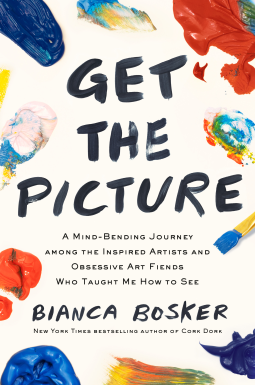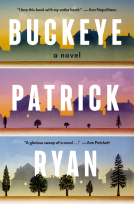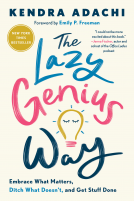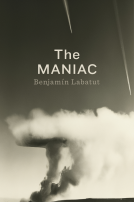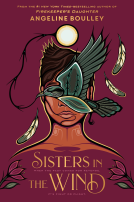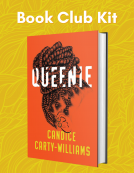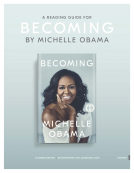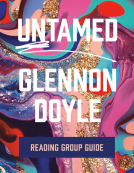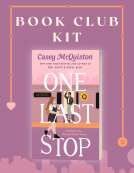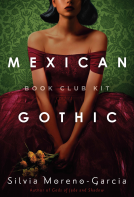Get the Picture
A Mind-Bending Journey among the Inspired Artists and Obsessive Art Fiends Who Taught Me How to See
by Bianca Bosker
You must sign in to see if this title is available for request. Sign In or Register Now
Send NetGalley books directly to your Kindle or Kindle app
1
To read on a Kindle or Kindle app, please add kindle@netgalley.com as an approved email address to receive files in your Amazon account. Click here for step-by-step instructions.
2
Also find your Kindle email address within your Amazon account, and enter it here.
Pub Date Feb 06 2024 | Archive Date Not set
PENGUIN GROUP Viking | Viking
Talking about this book? Use #GetthePicture #NetGalley. More hashtag tips!
Description
NAMED A BEST BOOK OF 2024 BY NPR, TIME, AND THE ECONOMIST
“Get the Picture is one of the funniest books I’ve read . . . Brilliant.” —The Washington Post
“A gripping and often hilarious investigation into the art world. . . . Bosker goes full Tom Wolfe.” —TIME
“Funny, whip-smart, and gorgeously written, Get the Picture will forever transform the way you see. . . . I loved every word.” —Suleika Jaouad, New York Times bestselling author of Between Two Kingdoms
The New York Times bestselling author of Cork Dork takes readers on another fascinating, hilarious, and revelatory journey—this time burrowing deep inside the secretive world of art and artists
An award-winning journalist obsessed with obsession, Bianca Bosker’s existence was upended when she wandered into the art world—and couldn’t look away. Intrigued by artists who hyperventilate around their favorite colors and art fiends who max out credit cards to show hunks of metal they think can change the world, Bosker grew fixated on understanding why art matters and how she—or any of us—could engage with it more deeply.
In Get the Picture, Bosker throws herself into the nerve center of art and the people who live for it: gallerists, collectors, curators, and, of course, artists themselves—the kind who work multiple jobs to afford their studios while scrabbling to get eyes on their art. As she stretches canvases until her fingers blister, talks her way into A-list parties full of billionaire collectors, has her face sat on by a nearly-naked performance artist, and forces herself to stare at a single sculpture for hours on end while working as a museum security guard, she discovers not only the inner workings of the art-canonization machine but also a more expansive way of living.
Probing everything from cave paintings to Instagram, and from the science of sight to the importance of beauty as it examines art’s role in our culture, our economy, and our hearts, Get the Picture is a rollicking adventure that will change the way you see forever.
Advance Praise
“In Get the Picture—curious but not naïve, gossipy but generous, critical but admiring, hilarious but profound—Bosker probes the human thirst for art, examines the addictive high it gives, and rescues the unfashionable idea of beauty, of the pleasure of creation, from the theorists and the marketeers. This book is sheer pleasure: the best book I've ever read about contemporary art.” —Benjamin Moser, Pulitzer Prize winning author of Sontag, and The Upside-Down World: Meetings with the Dutch Masters
“This book freaked me out. Bosker’s accessible, conversational spelunking into the world of contemporary art so powerfully rehydrated the PTSD in me between the little kid artist I once was with the self-consciously constricted thinker I became in art school that at one point I simply had to put it down, shaken. If you’ve ever wondered 'what happened' to art—galleries, critics, collectors—and, of course, artists—then this book is a very companionable start. It’s also very funny, to say nothing of very vivid. And, confoundingly, very, very difficult to put down.” —Chris Ware, New Yorker artist/writer, author of Building Stories and Whitney Biennial selectee (2002)
“Fascinating for contemporary art lovers and skeptics alike. At the heart of Bianca Bosker’s intelligent book is the author’s burning curiosity, and it’s contagious.” —Patrick Bringley, author of All the Beauty in the World: The Metropolitan Museum of Art and Me
“Whether it's working as a guard at the Guggenheim, painting the walls of a Brooklyn gallery just the right shade of white, or selling art during the swanky art fairs of Miami Beach, Bianca Bosker takes us on a delightful journey into the rarefied world of art. What could have been an arch sendup turns out to be a joyous, empathetic engagement with an unforgettable collection of characters and artworks. I couldn't put Get the Picture down.” —Nathaniel Philbrick, author of In the Heart of the Sea and Travels with George
“Funny, whip-smart, and gorgeously written, Get the Picture will forever transform the way you see. In this engrossing book, Bianca Bosker crashes that most gate-kept of worlds, contemporary art. After embedding herself gonzo-style as a gallery intern, a painter’s assistant, a Guggenheim Museum security guard, and an art dealer, she shines a light on the art world’s foibles while investigating the transcendent role of beauty in our lives. Equally edifying for art lovers and novices, Get the Picture will send you into a torrid love affair with shape, texture, and color. I loved every word.” —Suleika Jaouad, author of Between Two Kingdoms
Available Editions
| EDITION | Other Format |
| ISBN | 9780525562207 |
| PRICE | $29.00 (USD) |
| PAGES | 384 |
Available on NetGalley
Readers who liked this book also liked:
We Are Bookish
Literary Fiction, Multicultural Interest, Women's Fiction
Silvia Moreno-Garcia
Historical Fiction, Literary Fiction, Sci Fi & Fantasy
We Are Bookish
Mystery & Thrillers, OwnVoices, Teens & YA
